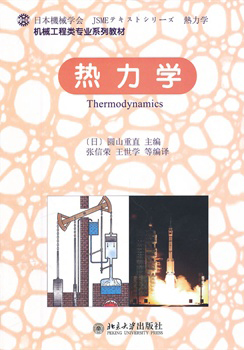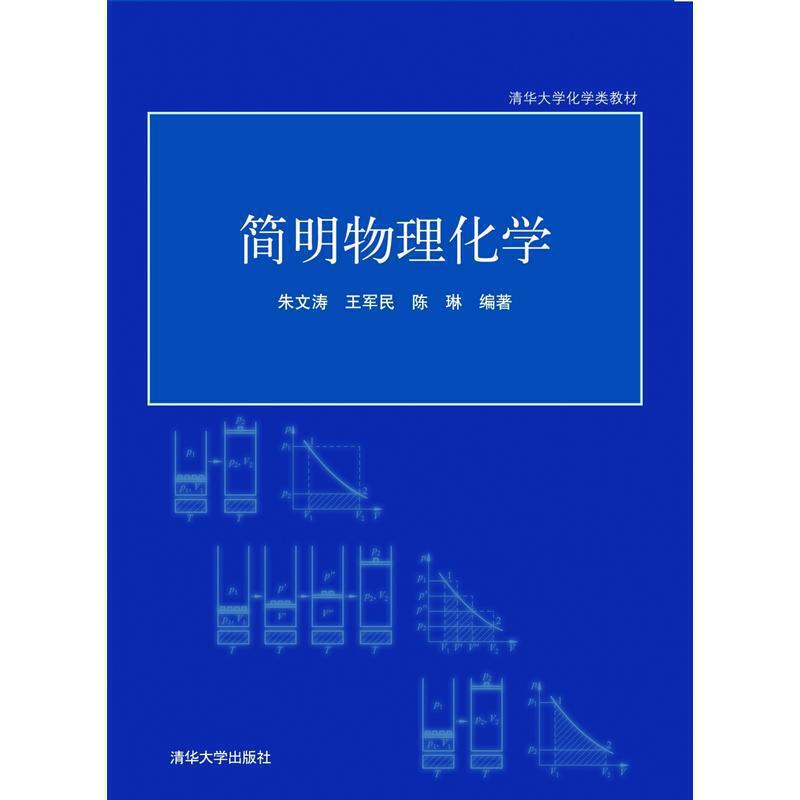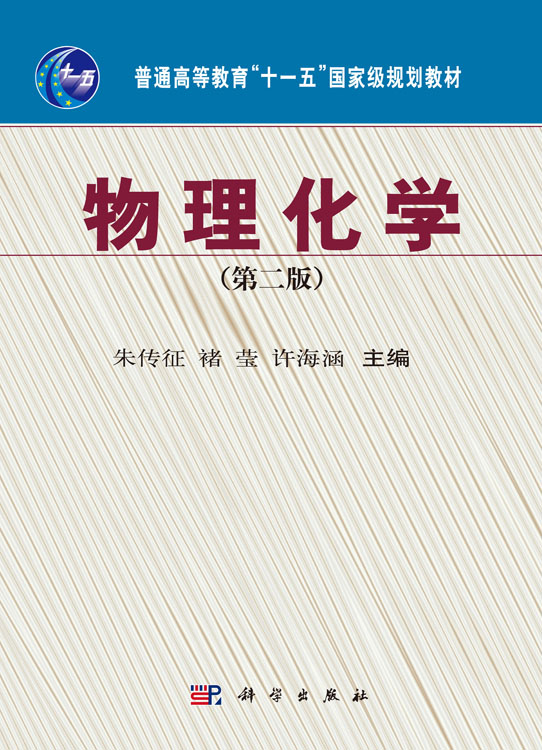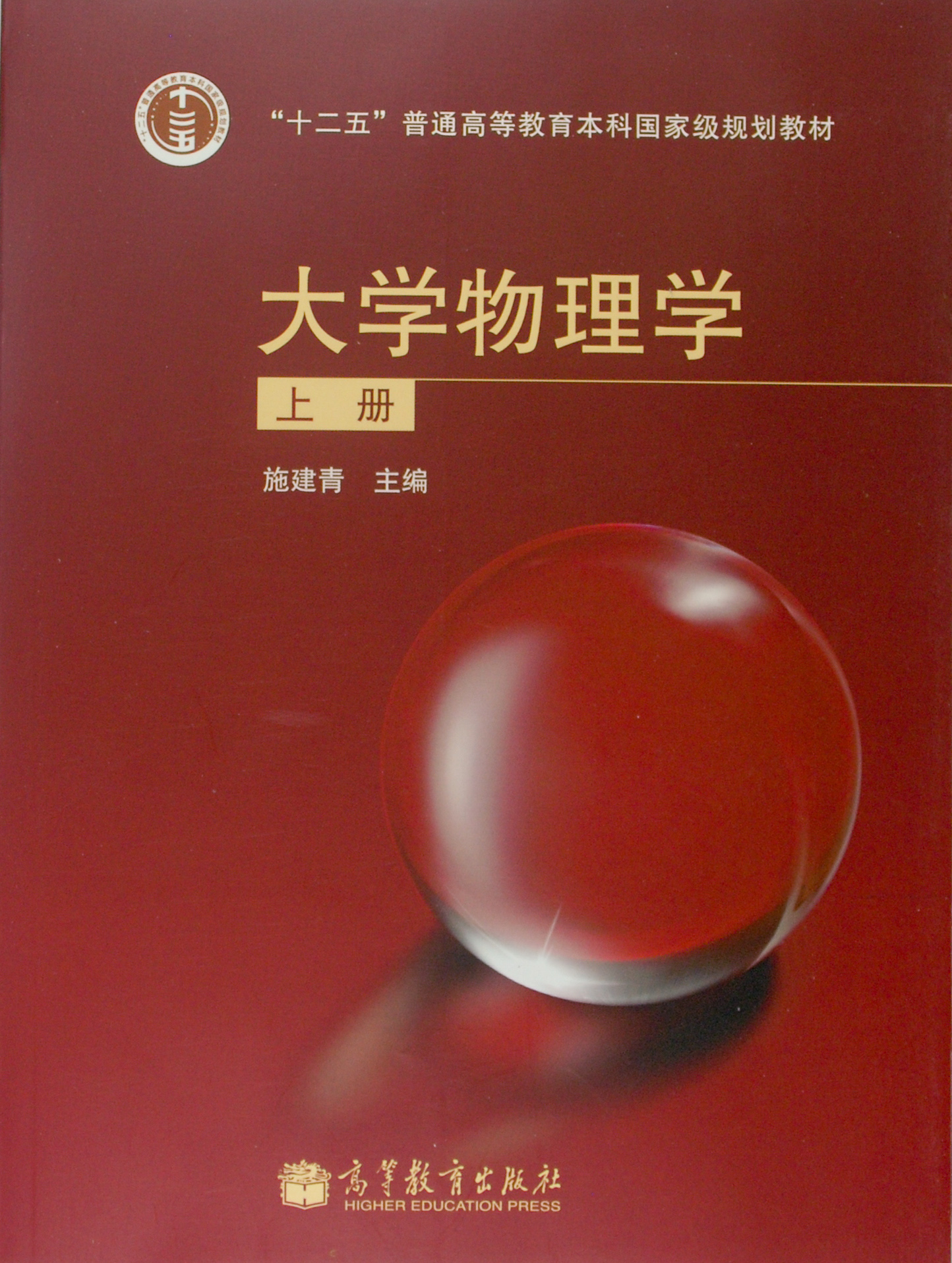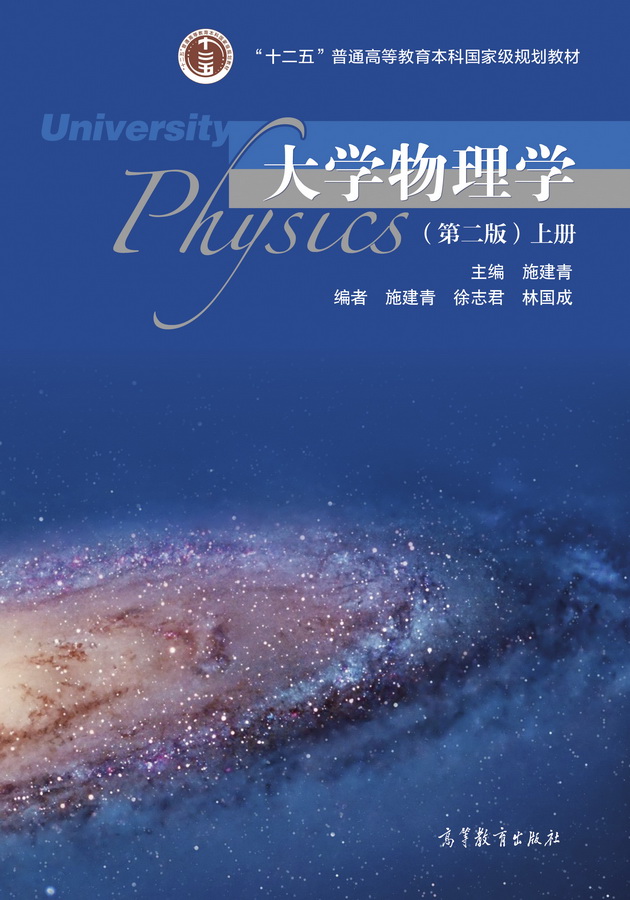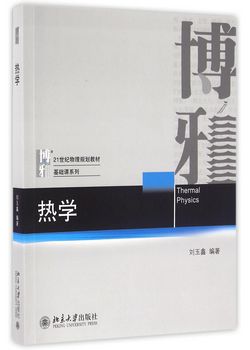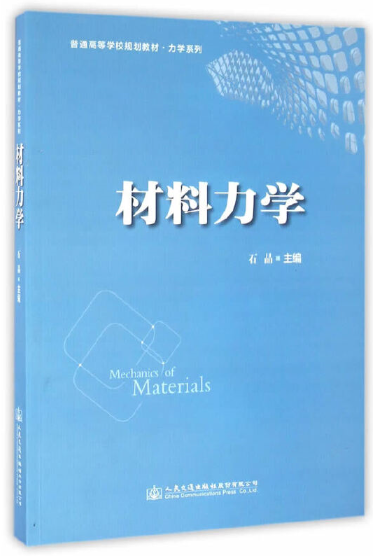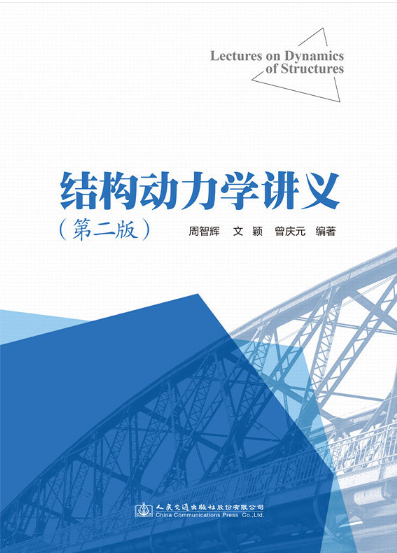热力学 / 机械工程类专业系列教材
定价:¥34.00
作者: [日]圆山重直
译者:张信荣、王世学等编 译;
出版时间:2011-10
出版社:北京大学出版社
- 北京大学出版社
- 9787301195093
- 1版
- 181039
- 45157489-1
- 平装
- 大16开
- 2011-10
- 411
- 198
- O414.1
- 机械
作者简介
内容简介
全书共分10章。第1章讲述学习热力学的意义、历史背景以及本书的使用方法;第2章是热力学基本概念和热力学第零定律;第3章和第4章分别讲述热力学第一定律和第二定律及相关内容;第5章讲述的是各种能源有效利用与火用之间的关系以及如何才能有效利用能源;第6章是热力学的一般关系式;第7章是从热力学的角度出发,讲述了化学反应和燃烧,包括与之相关的环境、能源问题;第8章是与能源转换密切相关的气体循环;第9章是蒸汽热力学循环;第10章讲述的是各种制冷热力学循环和空气调节方面的内容。全书注重启发读者对热力学及能源转换相关内容的感性认识和深入思考,有许多易于理解的图表,同时也注重到新知识面的更新、拓宽。
目录
第1章 概论(Introduction)
1.1 热力学的意义(significance of thermodynamics)
1.2 热与热力学(heat and thermodynamics)
1.3 热力学的历史背景(historical background of thermodynamics)
l.4 本书的使用方法(how to use this book)
第2章 基本概念及热力学第零定律(Basic Concepts and the Zeroth Law of Thermodynamics)
2.1 系统、物质、能量(system,matter and energy)
2.1.1 系统(system)
2.1.2 闭口系统和开口系统(closed and open systems)
2.1.3 能量的形态(forms of energy)
2.1.4 能量的宏观及微观形态(macroscopic and microscopic forms of energy)
2.1.5 内能(internal energy)
2.2 热力学的微观解释(microscopic understanding of thermodynamics)
2.2.1 质点系统的内能(internal energy of point—mass system)
2.2.2 分子运动和物质的状态及相变(molecular ates of matter and phase changes)
2.3 温度与热平衡(热力学第零定律)temperature and thermal equilibrium(the zeroth law of thermodynamics))
2.3.1 热平衡(热力学第零定律)(thermal equilibrium,the zeroth law of thermodynamics)
2.3.2 温度(temperature)
2.4 热量和比热(heat and specific heat)
2.5 状态量(quantity of state)
2.6 单位制和单位(system unit,unit)
2.6.1 SI(the international system of units)
2.6.2 SI以外的单位制和单位(other system of units)
第3章 热力学第一定律(The First Law of Thermodynamics)
3.1 热与功(heat and work)
3.1.1 热(heat)
3.1.2 功(work)
3.2 闭口系统的热力学第一定律(the first law applied to closed system)
3.3 热力学平衡与准静态过程(thermodynamic equilibrium and quasi—static process)
3.3.1 热力学平衡(thermodynamical equilibrium)
3.3.2 准静态过程(quasi—static process)
3.3.3 可逆过程与不可逆过程(reversible and irreversible processes)
3.4 闭口系统准静态过程的热力学第一定律
(the first law applied to quasi—static process of closed system)
3.4.1 热力学第一定律(the first law of thermodynamics)
3.4.2 准静态循环过程的净功(net work during quasi—static process of cycle)
3.4.3 定容过程与定压过程(specific heats at constant volume and constant pressure)
3.5 开口系统的热力学第一定律(the first law applied to open system)
3.5.1 定常流动系统的质量守恒定律(steady flow system and conservation of mass)
3.5.2 流动功与焓(flow work and enthalpy)
3.5.3 定常流动系统的能量守恒定律(energy conservation of steady flow system)
3.5.4 各种机械设备中的定常流动系统(rsteady flow system in machinery)
3.6 理想气体的热力学第一定律(the first law applied to ideal gas)
3.6.1 理想气体与内能(ideal gas and internal energy)
3.6.2 理想气体的比热(specific heat of ideal gas)
3.6.3 理想气体的准静态过程(quasi—static processes of ideal gas)
3.6.4 混合理想气体(ideal gas mixture)
第4章 热力学第二定律(The Second Law of Thermodynamics)
4.1 热功转换效率:卡诺的功绩(conversion efficiency from heat to work:Carnot’S achievement)
4.1.1 热效率有上限吗?(upper limit of thermal efficiency?)
4.1.2 卡诺的思考(Carnot’S reflections)
4.2 热机的模型化(thermodynamic modeling of heat engine)
4.2.1 循环(cycle)
4.2.2 可逆过程与不可逆过程(reversible and irreversible processes)
4.2.3 内部可逆过程(internally reversible processes)
4.3 卡诺循环的性质(characteristics of Carnot cycle)
4.4 闭口系统的第二定律(the second law for closed systems)
4.4.1 与单一热源作用的循环:第二定律的语言表述(cycle in contact with Oil heat reservoir二_—一the second law by statements)
4.4.2 与两个热源作用的循环(cycle in contact with two heat reservoirs)
4.4.3 与n个热源作用的循环(cycle in contact with n heat reservoirs)
4.5 熵(Entropy)
4.5.1 状态参数熵的定义(entropy as thermodynamic property)
4.5.2 闭口系统的熵平衡(不可逆过程的熵产)(entropy balance for closed systems:entropy generation by irreversible processes)
4.5.3 开12系统的熵平衡:开口系统的第二定律(entropy balance for open systems:the second law for open systems)
4.5.4 第二定律、熵以及熵产的总结(some remarks about the second law, entropy and entropy generation)
4.6 熵的工程应用(use of entropy for engineering applications)
4.6.1 熵变的关系式:TdS关系式(equations for entropy change:TdS equations)
4.6.2 理想气体的熵变(entropy change of ideal gases)
4.6.3 液体、固体的熵变(entropy change of liquids and solids)
4.6.4 用蒸汽表计算熵变(calculation of entropy change using steam tables)
4.6.5 熵产的计算(calculation of entropy generation)
4.6.6 含有熵参数的图,熵的图解利用(property diagram involving entropy,graphical utilization of entropy)
第5章 能源的有效利用及火用 (Effective Utilization of Energy Resource and Exergy)
5.1 火用分析的必要性(background of exergy analysis)
从热力学第二定律到炯(from the second law to exergy)
5.2 做功的潜在能力:最大功(ability to generate work:maximum
1.1 热力学的意义(significance of thermodynamics)
1.2 热与热力学(heat and thermodynamics)
1.3 热力学的历史背景(historical background of thermodynamics)
l.4 本书的使用方法(how to use this book)
第2章 基本概念及热力学第零定律(Basic Concepts and the Zeroth Law of Thermodynamics)
2.1 系统、物质、能量(system,matter and energy)
2.1.1 系统(system)
2.1.2 闭口系统和开口系统(closed and open systems)
2.1.3 能量的形态(forms of energy)
2.1.4 能量的宏观及微观形态(macroscopic and microscopic forms of energy)
2.1.5 内能(internal energy)
2.2 热力学的微观解释(microscopic understanding of thermodynamics)
2.2.1 质点系统的内能(internal energy of point—mass system)
2.2.2 分子运动和物质的状态及相变(molecular ates of matter and phase changes)
2.3 温度与热平衡(热力学第零定律)temperature and thermal equilibrium(the zeroth law of thermodynamics))
2.3.1 热平衡(热力学第零定律)(thermal equilibrium,the zeroth law of thermodynamics)
2.3.2 温度(temperature)
2.4 热量和比热(heat and specific heat)
2.5 状态量(quantity of state)
2.6 单位制和单位(system unit,unit)
2.6.1 SI(the international system of units)
2.6.2 SI以外的单位制和单位(other system of units)
第3章 热力学第一定律(The First Law of Thermodynamics)
3.1 热与功(heat and work)
3.1.1 热(heat)
3.1.2 功(work)
3.2 闭口系统的热力学第一定律(the first law applied to closed system)
3.3 热力学平衡与准静态过程(thermodynamic equilibrium and quasi—static process)
3.3.1 热力学平衡(thermodynamical equilibrium)
3.3.2 准静态过程(quasi—static process)
3.3.3 可逆过程与不可逆过程(reversible and irreversible processes)
3.4 闭口系统准静态过程的热力学第一定律
(the first law applied to quasi—static process of closed system)
3.4.1 热力学第一定律(the first law of thermodynamics)
3.4.2 准静态循环过程的净功(net work during quasi—static process of cycle)
3.4.3 定容过程与定压过程(specific heats at constant volume and constant pressure)
3.5 开口系统的热力学第一定律(the first law applied to open system)
3.5.1 定常流动系统的质量守恒定律(steady flow system and conservation of mass)
3.5.2 流动功与焓(flow work and enthalpy)
3.5.3 定常流动系统的能量守恒定律(energy conservation of steady flow system)
3.5.4 各种机械设备中的定常流动系统(rsteady flow system in machinery)
3.6 理想气体的热力学第一定律(the first law applied to ideal gas)
3.6.1 理想气体与内能(ideal gas and internal energy)
3.6.2 理想气体的比热(specific heat of ideal gas)
3.6.3 理想气体的准静态过程(quasi—static processes of ideal gas)
3.6.4 混合理想气体(ideal gas mixture)
第4章 热力学第二定律(The Second Law of Thermodynamics)
4.1 热功转换效率:卡诺的功绩(conversion efficiency from heat to work:Carnot’S achievement)
4.1.1 热效率有上限吗?(upper limit of thermal efficiency?)
4.1.2 卡诺的思考(Carnot’S reflections)
4.2 热机的模型化(thermodynamic modeling of heat engine)
4.2.1 循环(cycle)
4.2.2 可逆过程与不可逆过程(reversible and irreversible processes)
4.2.3 内部可逆过程(internally reversible processes)
4.3 卡诺循环的性质(characteristics of Carnot cycle)
4.4 闭口系统的第二定律(the second law for closed systems)
4.4.1 与单一热源作用的循环:第二定律的语言表述(cycle in contact with Oil heat reservoir二_—一the second law by statements)
4.4.2 与两个热源作用的循环(cycle in contact with two heat reservoirs)
4.4.3 与n个热源作用的循环(cycle in contact with n heat reservoirs)
4.5 熵(Entropy)
4.5.1 状态参数熵的定义(entropy as thermodynamic property)
4.5.2 闭口系统的熵平衡(不可逆过程的熵产)(entropy balance for closed systems:entropy generation by irreversible processes)
4.5.3 开12系统的熵平衡:开口系统的第二定律(entropy balance for open systems:the second law for open systems)
4.5.4 第二定律、熵以及熵产的总结(some remarks about the second law, entropy and entropy generation)
4.6 熵的工程应用(use of entropy for engineering applications)
4.6.1 熵变的关系式:TdS关系式(equations for entropy change:TdS equations)
4.6.2 理想气体的熵变(entropy change of ideal gases)
4.6.3 液体、固体的熵变(entropy change of liquids and solids)
4.6.4 用蒸汽表计算熵变(calculation of entropy change using steam tables)
4.6.5 熵产的计算(calculation of entropy generation)
4.6.6 含有熵参数的图,熵的图解利用(property diagram involving entropy,graphical utilization of entropy)
第5章 能源的有效利用及火用 (Effective Utilization of Energy Resource and Exergy)
5.1 火用分析的必要性(background of exergy analysis)
从热力学第二定律到炯(from the second law to exergy)
5.2 做功的潜在能力:最大功(ability to generate work:maximum

